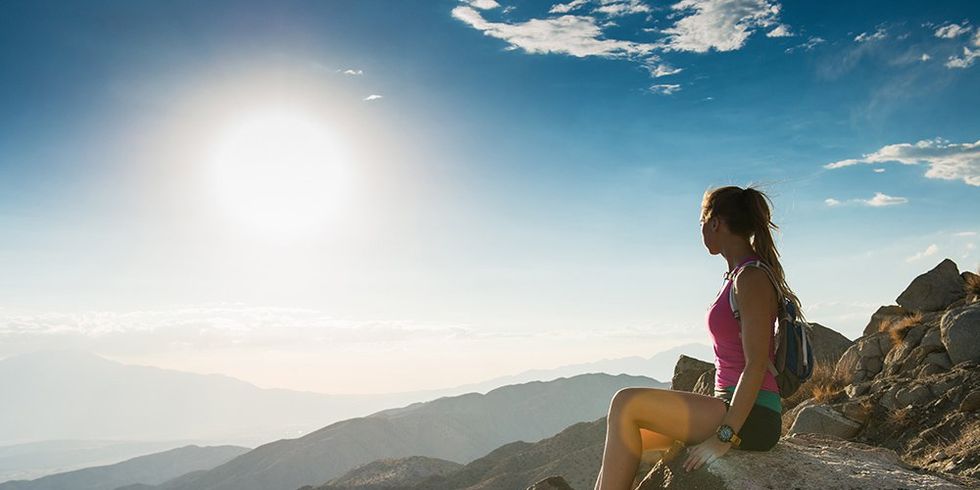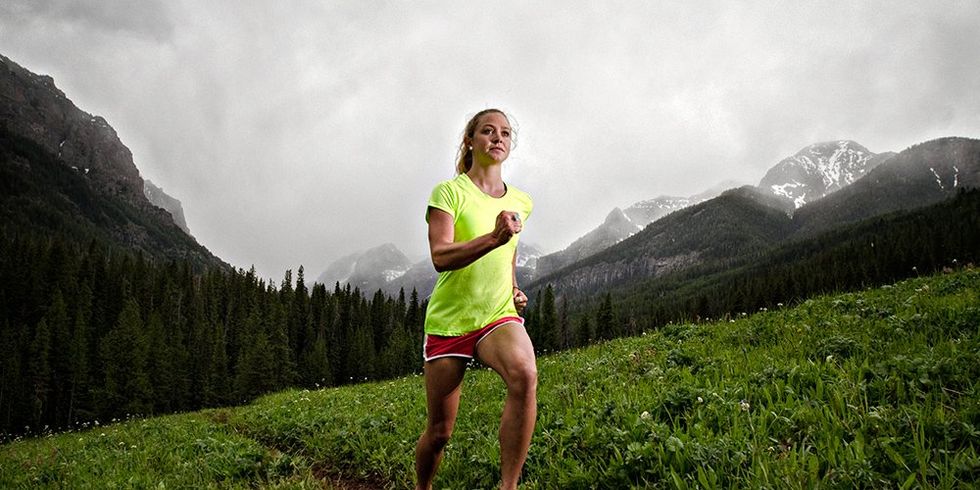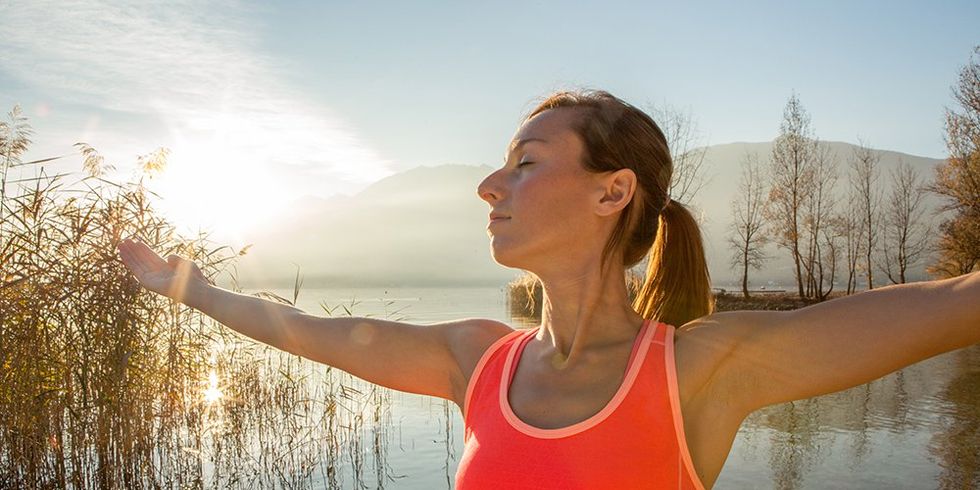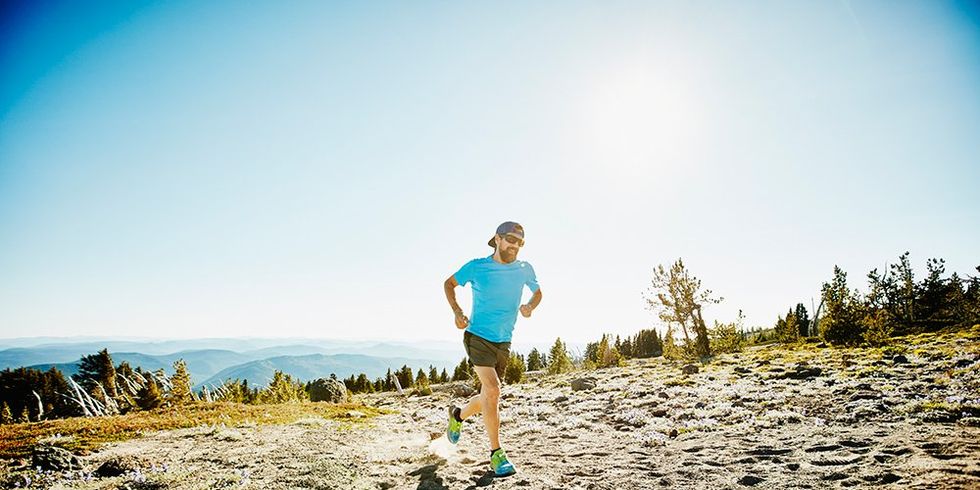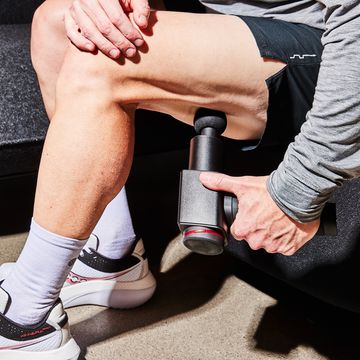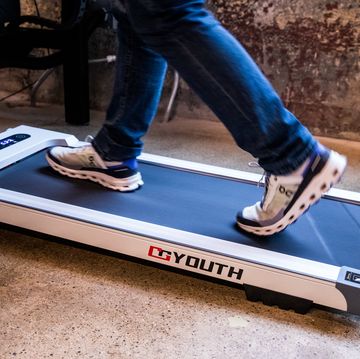5 Tips to Beat High Altitude Sickness
Whether you’re traveling for a race, training, or just on vacation, don’t let the elevation thwart your running.
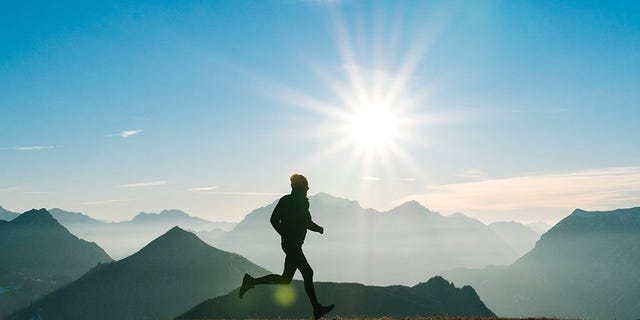
“A bad hangover.”
That’s how Peter Hackett, Director at the Institute for Altitude Medicine in Telluride, Colorado, describes the sensation of high altitude sickness, also known as Acute Mountain Sickness (AMS). The symptoms, which Hackett say can afflict any sea-level runner sleeping at 6,000 feet or higher (think Colorado Springs, Santa Fe, or Park City), include a headache, dizziness, feeling chilled, trouble sleeping, loss of appetite, nausea, fatigue, and irritability. Not surprisingly, AMS becomes more common the higher up you go: at 9,000 feet, 60 percent of sea level residents will experience symptoms of AMS; at 14,000 feet, the figure jumps to more than 80 percent.
The exact cause of AMS is still unclear, but Hackett says the latest theory points to low levels of oxygen in the air (and thus, blood) that cause the brain’s blood vessels to dilate in an attempt to obtain more oxygen. This results in more blood in the brain, which can swell the brain slightly and trigger the hangover-like headache.
Any sea-level runner can fall victim to AMS, although certain factors—like your genetic makeup, how fast you changed altitude, and whether or not you have a current respiratory infection—can increase your likelihood. So whether you’re traveling to high elevation for a race, for a training session, or simply want to work out on a vacation in the mountains, here are five tips to combat the effects:

Jenny is a Boulder, Colorado-based health and fitness journalist. She’s been freelancing for Runner’s World since 2015 and especially loves to write human interest profiles, in-depth service pieces and stories that explore the intersection of exercise and mental health. Her work has also been published by SELF, Men’s Journal, and Condé Nast Traveler, among other outlets. When she’s not running or writing, Jenny enjoys coaching youth swimming, rereading Harry Potter, and buying too many houseplants.
Watch Next


How to Take Care of Your Feet

Realizing I Was a Runner, Despite My Hemophilia

Why Do I Taste Blood When I Run?

How to Manage Exercising With Allergies
